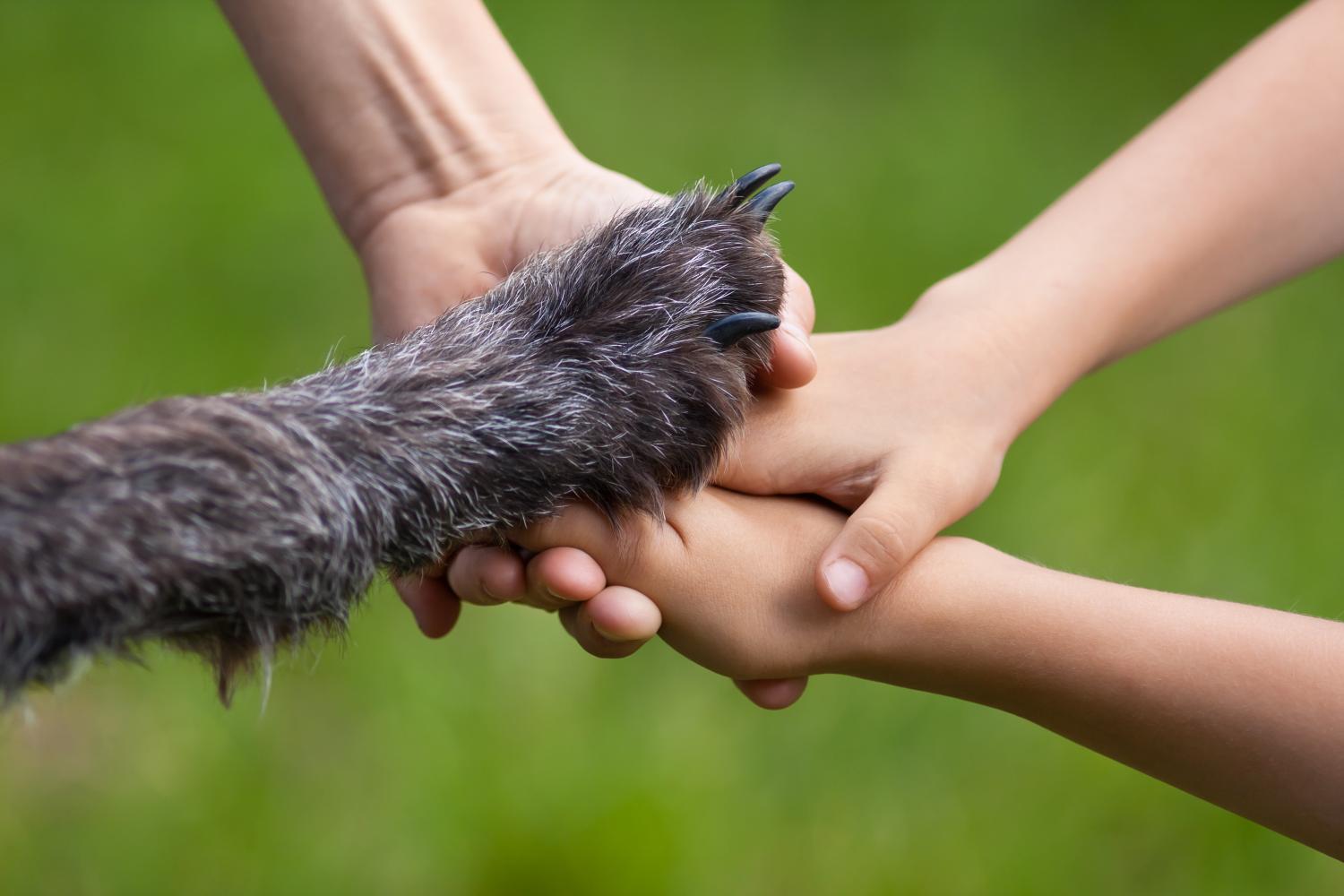Summer Paw Care: Protecting Your Pet’s Feet from Hot Pavement and Rough Terrain

While summer offers plenty of time for fun with your furry friends, there are some potentially dangerous risks to pets that rise with the temperatures. When the weather is great, we want to spend more time outside. Unfortunately, hot pavement and rough terrain can wreak havoc on unprotected paws, but luckily with a few quick tips, you can keep your pet’s paws safe.
When It’s Too Hot
Paw pads are designed to withstand a fair amount of wear and tear. Scuff marks and cracks on the surface of the pad are normal. If you notice that the texture of the paw pads has changed, however, they could be suffering from a deep crack that can be made worse by walking or running on hot surfaces or overdoing it on trails.
Knowing when to avoid sizzling pavement, asphalt, concrete, or rocky/sandy paths is as simple as testing it yourself. If it’s too hot for your own bare feet, it’s generally considered too hot for your pet. Summer pet safety hinges on:
- Exercising before it gets too hot every day, and after the sun goes down.
- Walking on grass or in shaded areas.
- Training a pet to wear protective booties.
- Applying a conditioner or salve to promote healthy skin.
- Inspecting the paws for any debris or foreign objects (puncturevine, foxtails, pebbles, etc.)
- Maintaining proper nail length and shortening the hairs between the pads.
The Signs of a Burn
Since most pets rely on all four feet to get around, a burn to a single foot can make it difficult for them to get around. In addition to daily assessments of the appearance of the feet and pads, take extra care to watch for these signs of a burn or injury:
- Limping
- Reluctance to walk or exercise
- Licking or chewing the feet
- Paw pads that have changed in color
- Pulling on the leash toward shady areas
- Inflamed, swollen, blistered, or bleeding paw pads
Pet Foot Care Tips
It can be very upsetting to notice a foot injury or burn.
- Try to move your pet to a darkened, cool space with good ventilation.
- Rinse their feet in cool water.
- If you don’t have a pet paw pad balm on hand, you can apply plain beeswax combined with coconut oil or shea butter.
- Depending on the severity, it may be necessary to follow up with us to determine an effective treatment for burns or blisters.
- Medication and appropriate bandaging may be necessary.
Pets that spend a lot of time in and around water (at the pool, on a boat, near a lake or river, etc.) may have softer paws. This can actually make a skin burn more likely. Many pet-safe balms can offer some protection and reduce painful burns or blisters.
Summer Paw Care
Our team at BranchVet is always here to help your pet. Please give us a call at (830) 885-5443 with any questions or concerns.
